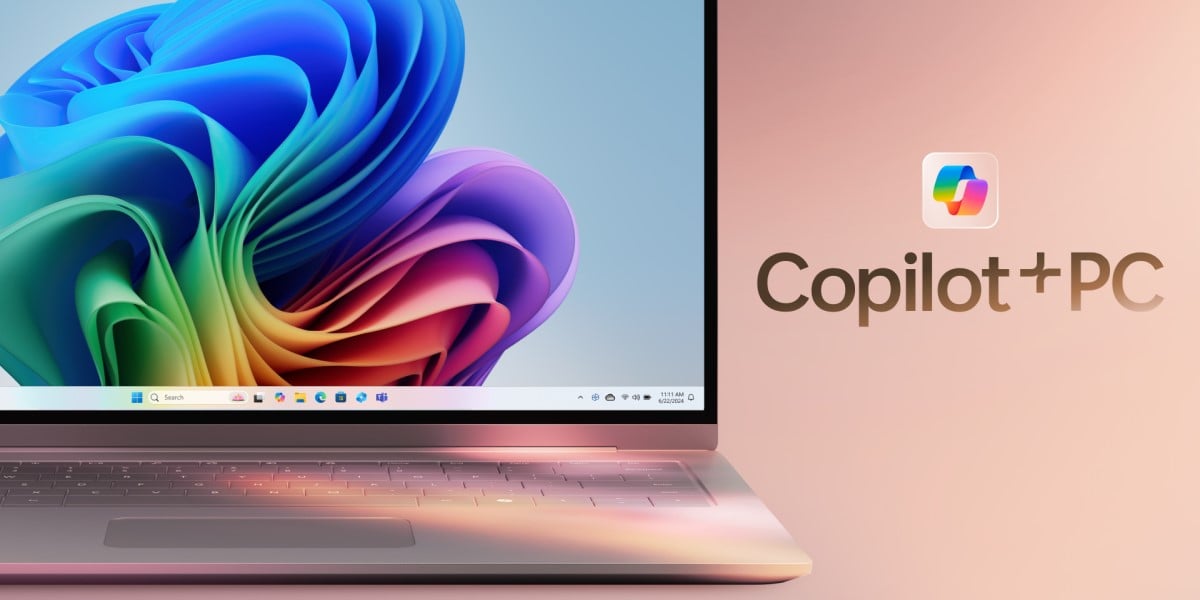Tech
Copilot+ PCs software compatibility issues left to the crowd

Buyers worried a Copilot+ PC based on Qualcomm’s Snapdragon X SoCs might not run software that matters to them are being directed to two community-run sites that crowdsource lists of incompatible code.
“Copilot+ PC” is a term invented by Microsoft to describe PCs equipped with a neural processing unit capable of operating at 40 trillion operations per second (TOPS) – capacity the software giant believes will ensure the new AI elements Windows 11 perform at pleasing speed. The first Copilot+ PCs Microsoft announced used Qualcomm’s Snapdragon X SoCs, which employ the Arm architecture – meaning the vast reams of code created for the x86 architecture that has dominated PCs for decades must either be ported or emulated.
Microsoft chose the latter course by creating an emulator named “Prism” that it claims can run software written for the x86 family on Arm – at such speeds that users will scarcely notice what’s going on under the hood.
But that claim was recently contested by Samsung, which issued a warning to Korean customers that its GalaxyBook Edge 4 Copilot+ PCs cannot run some common software – including antivirus apps and games.
The Register asked Qualcomm for comment, and was pointed to the two crowdsourced sites: WorksoWOA.com and Armrepo.ver.it.
We asked Samsung to comment on its advisory and the Korean giant offered no comment, but suggested we talk to Microsoft.
So we did – the software titan told us “Microsoft has nothing to share at this time” but suggested we read its blog, Windows-on-Arm FAQ, software emulation explainer, and another blog post about emulation. All repeat the claim that Copilot+ PCs are awesome and your existing x86 software will get along with a Snapdragon X just fine.
We also sought comment from the world’s top five PC-makers – Lenovo, HP Inc., Dell, Lenovo, and ASUS.
Dell suggested we look at the same material. Lenovo suggested we consider Qualcomm’s guidance on compatible apps. ASUS offered no comment.
HP Inc, also offered us a Microsoft Learn document that offered a little more info, as follows:
That info at least offers an insight into why an app might not run well on a Qualcomm-powered Copilot+ PC.
Finding out if the software you rely on calls the relevant APIs is, however, a community concern.
And understanding whether even those efforts will yield an easy-to-understand metric about how much code runs – or won’t – on Arm processors therefore remains difficult. And it isn’t helped by Microsoft using the measure “87 percent of the total app minutes people spend in apps today have a native Arm version” in its literature. ®









